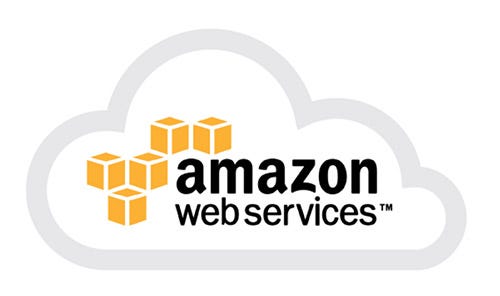Amazon Web Services (AWS): The Ultimate Guide
Introduction to Amazon Web Services (AWS)

Amazon Web Services (AWS) is the world’s leading cloud computing platform, offering a vast array of services for businesses and developers. Launched by Amazon in 2006, AWS provides on-demand computing, storage, networking, AI, and machine learning services. Its pay-as-you-go model, scalability, security, and global infrastructure have made it a preferred choice for organizations worldwide.
Evolution of AWS
AWS began as an internal Amazon solution to manage IT infrastructure. It launched publicly in 2006 with Simple Storage Service (S3) and Elastic Compute Cloud (EC2). Over time, AWS introduced services like Lambda, DynamoDB, and SageMaker, making it the most comprehensive cloud platform today.
Key Features of AWS
- Scalability: AWS scales based on demand.
- Flexibility: Supports various computing, storage, and networking options.
- Security: Implements encryption, IAM (Identity and Access Management), and industry compliance.
- Cost-Effectiveness: Pay-as-you-go pricing optimizes expenses.
- Global Reach: Operates in multiple regions worldwide.
- Managed Services: Simplifies deployment with services like RDS and Elastic Beanstalk.
AWS Global Infrastructure
AWS has regions across the globe, each with multiple Availability Zones (AZs) ensuring redundancy, disaster recovery, and minimal downtime. Hosting applications closer to users improves performance and compliance.
Core AWS Services

1. Compute Services
- EC2: Virtual servers with various instance types.
- Lambda: Serverless computing for event-driven applications.
- ECS & EKS: Managed container orchestration services.
- AWS Batch: Scalable batch computing.
2. Storage Services
- S3: Scalable object storage.
- EBS: Block storage for EC2 instances.
- Glacier: Low-cost archival storage.
- Snowball: Large-scale data migration.
3. Database Services
- RDS: Managed relational databases.
- DynamoDB: NoSQL database for high performance.
- Aurora: High-performance relational database.
- Redshift: Data warehousing for analytics.
4. Networking & Content Delivery
- VPC: Isolated cloud resources.
- Direct Connect: Private network connection to AWS.
- Route 53: Scalable DNS service.
- CloudFront: Content delivery network (CDN).
5. Security & Compliance
- IAM: Access control and user management.
- AWS Shield: DDoS protection.
- WAF: Web application firewall.
- Security Hub: Centralized security monitoring.
6. AI & Machine Learning
- SageMaker: ML model development and deployment.
- Comprehend: Natural language processing (NLP).
- Rekognition: Image and video analysis.
- Lex: Chatbot development.
7. Analytics & Big Data
- Glue: ETL service for data processing.
- Kinesis: Real-time data streaming.
- Athena: Query service for S3 data.
- Lake Formation: Data lake management.
Discover the Full Guide Now to click here
Benefits of AWS
- Lower Costs: Eliminates on-premise infrastructure.
- Faster Deployment: Pre-built solutions reduce setup time.
- Enhanced Security: Advanced security measures protect data.
- Business Agility: Quickly adapt to market changes.
- Innovation: Access to AI, ML, and analytics tools.
AWS Use Cases
AWS serves industries such as:
- E-commerce: Online stores, payment processing.
- Finance: Fraud detection, real-time analytics.
- Healthcare: Secure medical data storage.
- Gaming: Multiplayer hosting, AI-driven interactions.
- Media & Entertainment: Streaming, content delivery.
- Education: Online learning platforms.
Getting Started with AWS

- Sign Up: Create an AWS account.
- Use Free Tier: Experiment with AWS services.
- Set Up IAM: Secure access control.
- Explore AWS Console: Familiarize yourself with the interface.
- Deploy an Application: Start with EC2, S3, or RDS.
Best Practices for AWS
- Use IAM Policies: Implement role-based access.
- Enable MFA: Strengthen security.
- Optimize Costs: Use reserved instances and auto-scaling.
- Monitor & Log: Utilize CloudWatch for insights.
- Backup & Recovery: Implement automated backups.
AWS Certifications & Careers
AWS certifications validate expertise in cloud computing:
- Cloud Practitioner
- Solutions Architect (Associate & Professional)
- Developer (Associate)
- SysOps Administrator
- DevOps Engineer
Certified professionals can pursue roles like cloud engineer and solutions architect, making AWS a valuable career skill.

Comments
Post a Comment